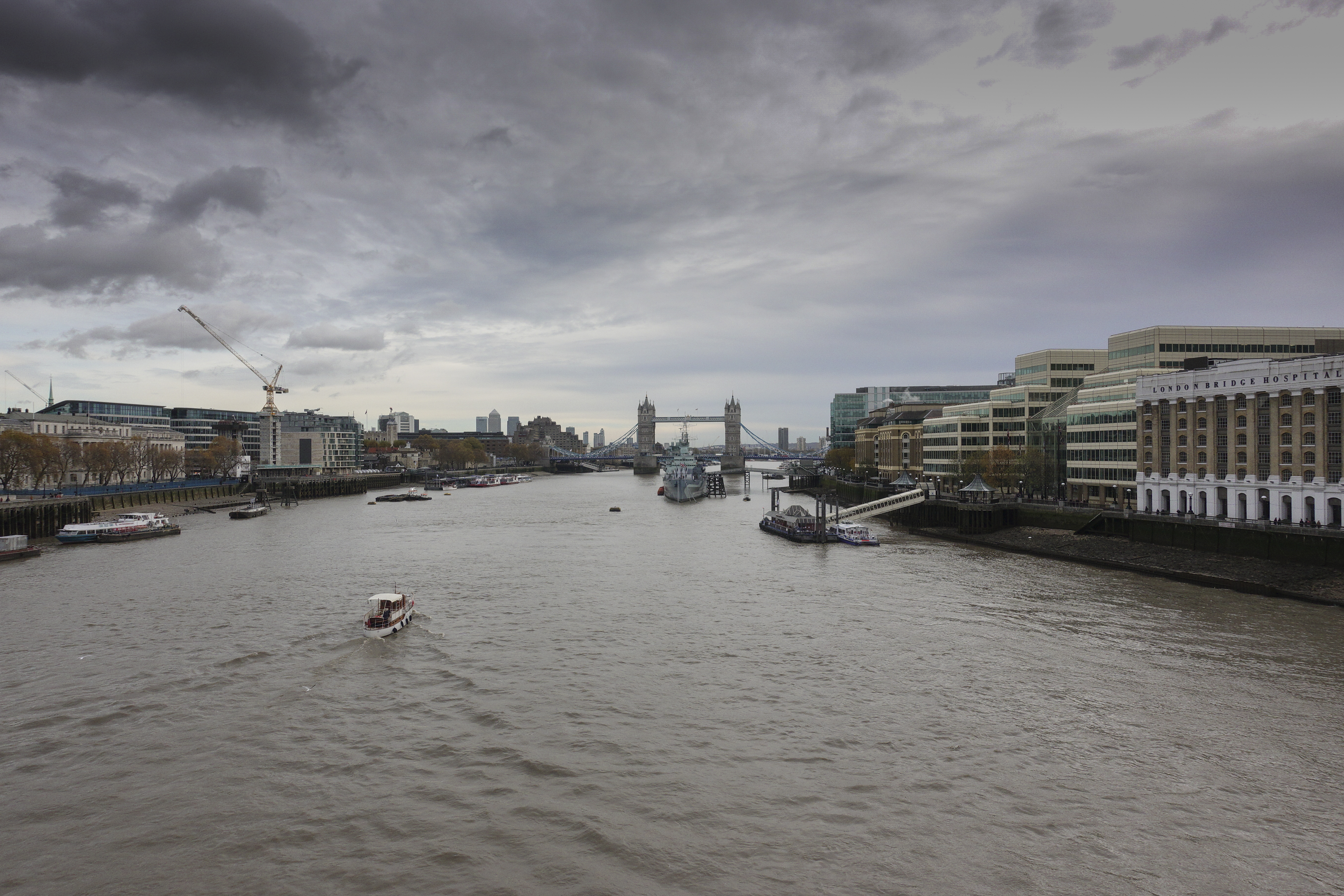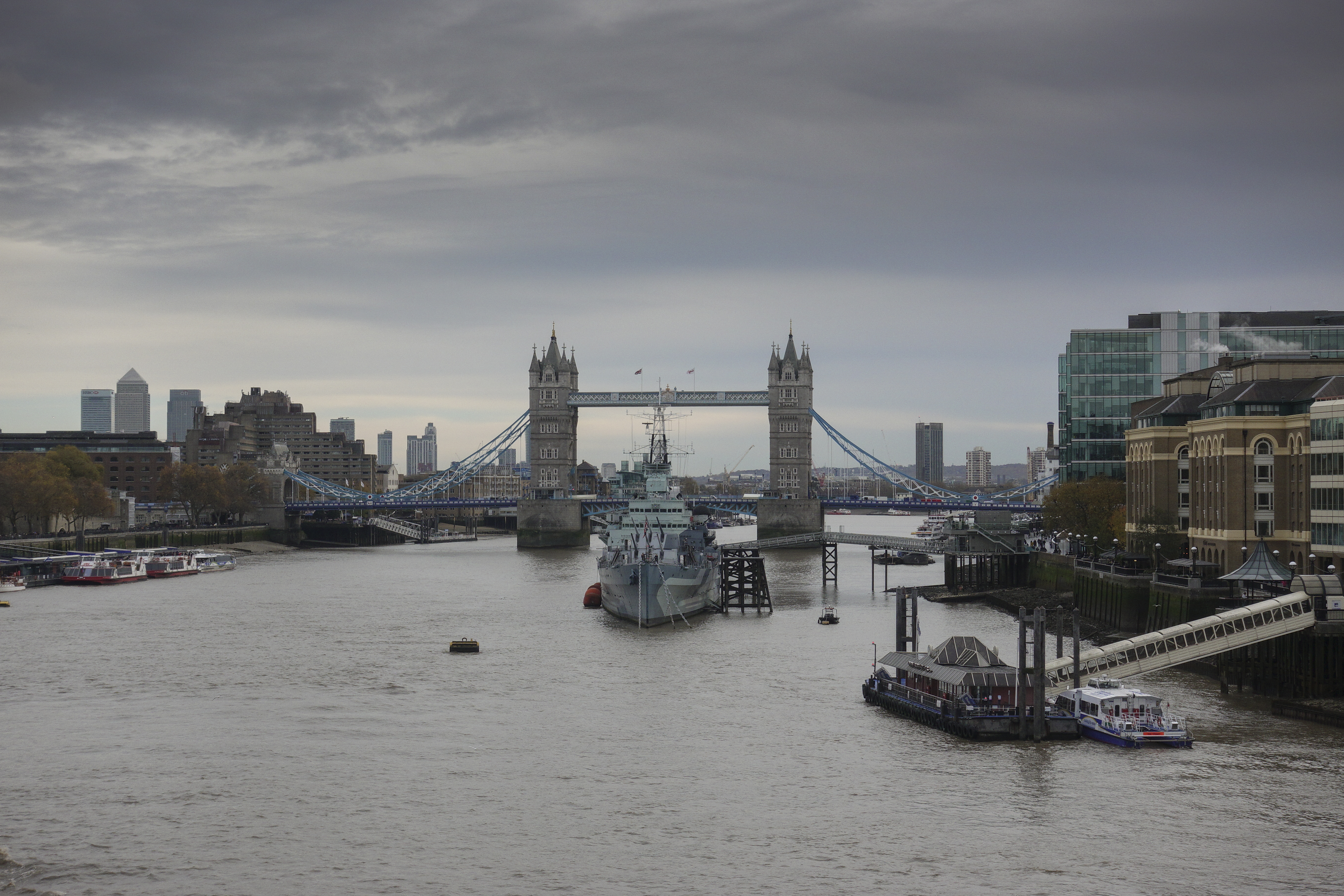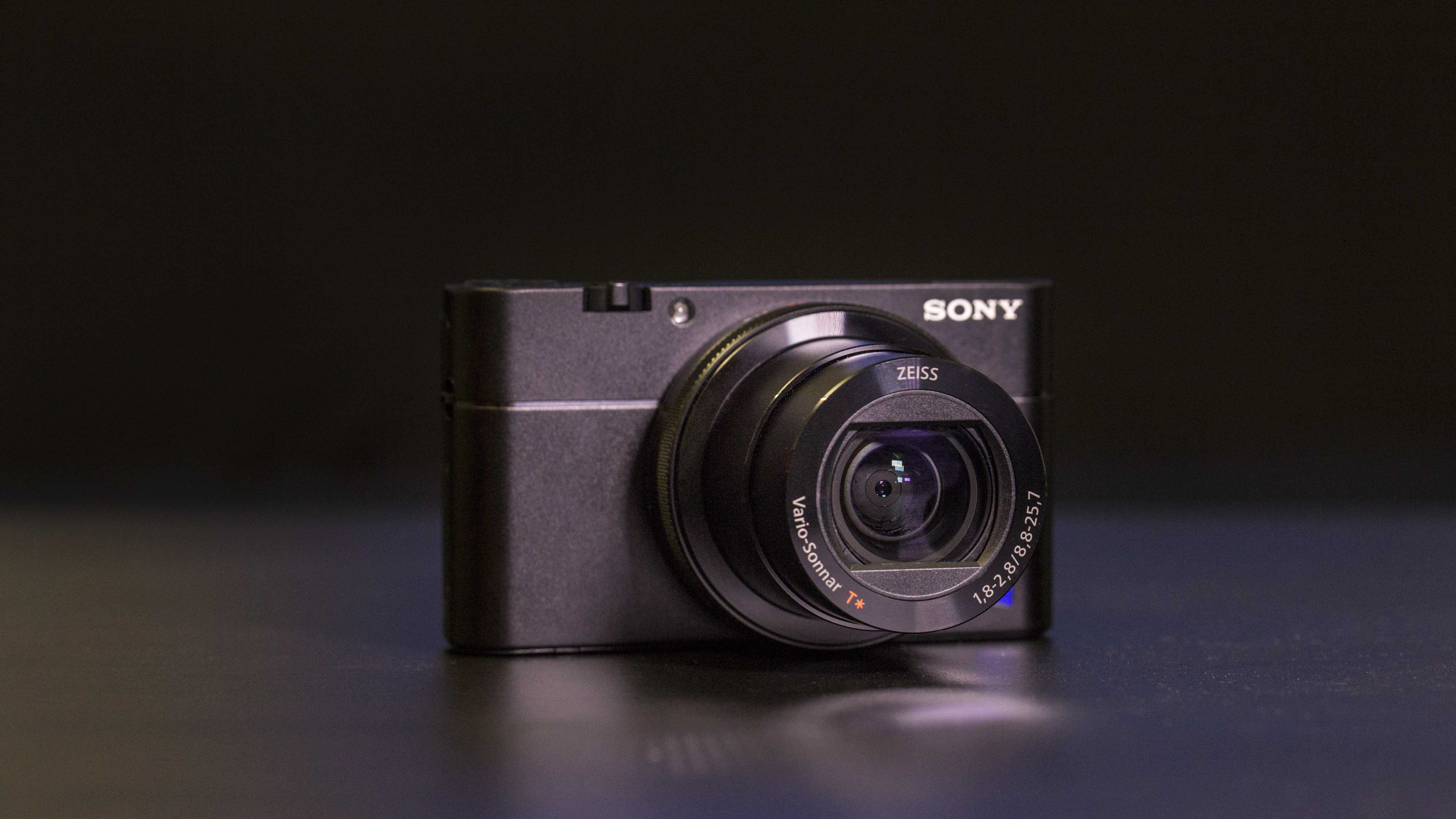TechRadar Verdict
Bristling with high-end features that are matched by impressive performance, the RX100 V is a great premium compact that's only let down by some frustrating handling quirks.
Pros
- +
Built-in EVF
- +
24fps burst shooting
- +
315-point AF system
- +
Excellent image quality
- +
Advanced 4K video
Cons
- -
Some handling issues
- -
No touchscreen
- -
Pricey compared to rivals
Why you can trust TechRadar
With smartphones pretty much destroying the low-end compact camera market, manufacturers have had to work hard to keep people’s interest in this sector.
Rather than opting to compete directly with smartphones, Sony hit on the idea of producing a high-end, premium compact camera that delivered much better images than smartphones, but without the bulk of a mirrorless camera or DSLR.
The original RX100 was a true landmark camera, and led to the likes of Canon and Panasonic following suit with cameras like the PowerShot G7 X II and Lumix LX10 / LX15.
The RX100 arrived back in 2012, and since then we’ve seen another four models, including this latest Mark V version – you certainly can’t knock Sony’s enthusiasm.
But with so many updates arriving in a relatively short space of time, does this latest model offer the photographer anything new – especially when all four previous iterations are still available?
Features
- 1.0-inch CMOS sensor, 20.1MP
- 24-70mm f/1.8-2.8 zoom lens
- 4K video capture
While it may share the same 20MP resolution as the original RX100, the 1.0-inch sensor in the RX100 V is a quite different beast. Using the same stacked Exmor R back-illuminated CMOS sensor technology that we first saw in the RX100 IV, Sony says it has tweaked the chip, while the clever stacked sensor design means it has memory chips built right onto the back of the sensor.
This means data doesn’t have to flood out to the edge of the sensor, and, coupled with a new LSI chip, it means the sensor can deliver incredibly fast readout speeds.

This enables one of the key improvements in the RX100 V over the IV, with the latest version capable of shooting at an incredible 24fps compared to a still-snappy 16fps. What’s even more striking is the fact that it can do this at full resolution with continuous AF and auto exposure.
The fast 24-70mm f/1.8-2.8 zoom lens remains the same, and while it’s not quite as fast as the lens on the Panasonic LX10 / LX15, which has a 24-72mm f/1.4-2.8 optic, you’re still getting a high-quality Zeiss-branded standard zoom lens.


Unlike in its A6500, which was announced at the same time as the RX100 V, Sony hasn’t been tempted to bring touchscreen functionality to this camera's rear 3.0-inch display, which seems quite an oversight for a camera of this type, especially as its closest rivals sport this feature.
The resolution of the vari-angle screen also remains the same as on the IV at 1,299,000 dots, and it also has the same range of movement: 180 degrees outwards and upwards, and 45 degrees downwards.
The concealed pop-up electronic viewfinder that we first saw on the RX100 III carries over to the V, with the 0.39-type EVF sporting a 2.36-million-dot resolution, again the same as on the IV.

While the RX100 IV was capable of shooting 4K video footage, the V takes this one step further. Now oversampled from 5.5K (5,028 x 2,828 pixels), footage promises to be even sharper that we saw from the RX100 IV, while the even faster sensor readout that enables the RX100 V to shoot at 24fps should also suppress the effect of rolling shutter (that horrible jello effect when shooting some moving subjects) in captured footage.
This also has a benefit when shooting stills. While the RX100 V has a mechanical shutter that can be used with shutter speeds up to 1/2000 sec, there’s also an electronic shutter that kicks in at speeds above that, up to 1/32000 sec.
The faster readout speed from the sensor and LSI reduces any distortion that may occur in fast-moving subjects, as the scene is scanned on the sensor from top to bottom, rather than a whole snapshot of the scene being taken with a mechanical shutter. This is important because to achieve that rapid 24fps, the RX100 V has to use its electronic shutter; there’s an option to solely use the mechanical shutter, but this is limited to 10fps.
Phil Hall is an experienced writer and editor having worked on some of the largest photography magazines in the UK, and now edit the photography channel of TechRadar, the UK's biggest tech website and one of the largest in the world. He has also worked on numerous commercial projects, including working with manufacturers like Nikon and Fujifilm on bespoke printed and online camera guides, as well as writing technique blogs and copy for the John Lewis Technology guide.

